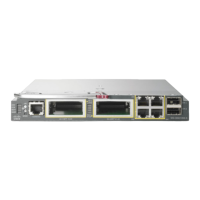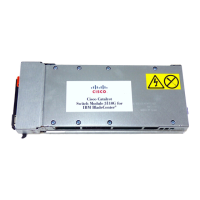CHAPTER
1-1
Cisco Catalyst Blade Switch 3120 for HP Command Reference
OL-12248-01
1
Using the Command-Line Interface
The switches are supported by Cisco IOS software. This chapter describes how to use the switch
command-line interface (CLI) to configure software features.
• For a complete description of the commands that support these features, see Chapter 2, “Cisco
Catalyst Blade Switch 3120 for HP Cisco IOS Commands.”
• For information on the boot loader commands, see Appendix A, “Cisco Catalyst Blade Switch 3120
for HP Boot Loader Commands.”
• For information on the debug commands, see Appendix B, “Cisco Catalyst Blade Switch 3120 for
HP Debug Commands.”
• For information on the show platform commands, see Appendix C, “Cisco Catalyst Blade Switch
3120 for HP Show Platform Commands.”
• For more information on Cisco IOS Release 12.2, see the Cisco IOS Release 12.2 Command
Summary.
• For task-oriented configuration steps, see the software configuration guide for this release.
In this document, IP refers to IP version 4 (IPv4) unless there is a specific reference to IP version 6
(IPv6).
Accessing the Switch
You manage the switch stack and the stack member interfaces through the stack master. You cannot
manage stack members on an individual switch basis. You can connect to the stack master through the
console port of one or more stack members. You can connect to the stack master through the console port
of one or more stack members. You can also connect to the stack master through the Onboard
Administator to the internal Ethernet management port. Be careful with using multiple CLI sessions to
the stack master. Commands you enter in one session are not displayed in the other sessions. Therefore,
it is possible to lose track of the session from which you entered commands.
Note We recommend using one CLI session when managing the switch stack.
If you want to configure a specific stack member port, you must include the stack member number in
the CLI command interface notation. For more information about interface notations, see the
“Configuring Interfaces” chapter in the software configuration guide for this release.

